EE UK Hints at 2015 Trial of 400Mbps 4G LTE-A Mobile Broadband Speeds
Mobile operator EE (Everything Everywhere) has quietly announced that next year’s delayed commercial launch of their new 300Mbps capable 4G (LTE-Advanced) based Mobile Broadband service will also be accompanied by another trial to push the networks top performance up to a staggering 400Mbps (Megabits per second).
At present parts of EE’s existing LTE (Long Term Evolution) based 4G infrastructure can use a single 20MHz slice of the 1800MHz radio spectrum band to deliver peak Internet download speeds of up to 150Mbps (LTE Category 3/4, Release 8) in around 20 cities, which in reality usually equates to an average of about 20-30Mbps (10Mbps uploads). Meanwhile the rest of the UK can expect the best performance of their network to be roughly half that.
Advertisement
But EE have also been conducting trials of LTE-Advanced (LTE-A) technology with carrier aggregation, which can deliver speeds of up to 300Mbps by bringing together both 20MHz of their existing 1800MHz radio spectrum band and 20MHz of the latest 2.6GHz band. As usual the figure of 300Mbps is one that would need to be shared between other users, which means average speeds will be much lower but still better than today; assuming you own hardware that can make use of it (currently most do not).
The 300Mbps service was originally due to launch this year, but ISPreview.co.uk revealed at the end of spring that it would in fact now be delayed until 2015 (here). But this hasn’t stopped EE looking at going even faster and today a new update, which concerns EE’s 6 year partnership with the Wembley stadium, has revealed how 2015 will also see trials of an ever faster service that can deliver 400Mbps.
Fotis Karonis, CTO of EE, said:
“Since we announced this historic partnership six months ago, customers using the network at Wembley have already uploaded the equivalent of 850,000 selfies, and streamed 400,000 goal replays. We’ve added enough capacity to connect every visitor that walks through the gates, and we’re continuing to invest – more 3G, more 4G, Superfast WiFi and the capability to launch a multi-operator 4G service, supporting all the networks, means everyone with a smartphone can be connected at Wembley.
This partnership has a very clear vision – we want Wembley to be the world’s best connected stadium, showing off new technologies first and giving two million visitors a year the best possible Wembley experience.”
It’s obviously too early to talk about pricing and expected coverage for the 400Mbps solution, although we anticipate that their next 300Mbps product will eventually deploy to the same twenty “double speed” cities as can already benefit from the top performance of their 4G network (starting with London, Birmingham and Manchester). It’s hoped that the 300Mbps solution will be delivered at no extra cost to customers and the 400Mbps service is likely to follow that trend.
But as ever the biggest barrier is likely to be the lack of supporting hardware and perhaps also battery life. Come this time next year the hardware problem will be less of a concern and EE are clearly keen to maintain their technological lead over rivals, such as Three UK, O2 and Vodafone that are still playing catch-up.
Advertisement
UPDATE 8:59am
A spokesperson for EE has informed ISPreview.co.uk that in order to deliver 400Mbps speeds the operator will need to add another 15MHz of 2.6GHz spectrum. The trial/demo of this service will also take place during the first half of 2015.
Mark is a professional technology writer, IT consultant and computer engineer from Dorset (England), he also founded ISPreview in 1999 and enjoys analysing the latest telecoms and broadband developments. Find me on X (Twitter), Mastodon, Facebook, BlueSky, Threads.net and Linkedin.
« Wi-Manx Seeks Full Telecoms Licence on the Isle of Man
BT Adds UK Autumn 2014 Promotions with Cheaper Broadband »
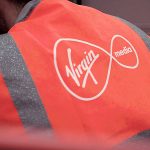

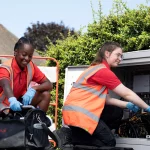

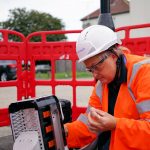
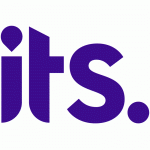

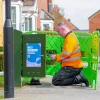

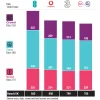








































Comments are closed